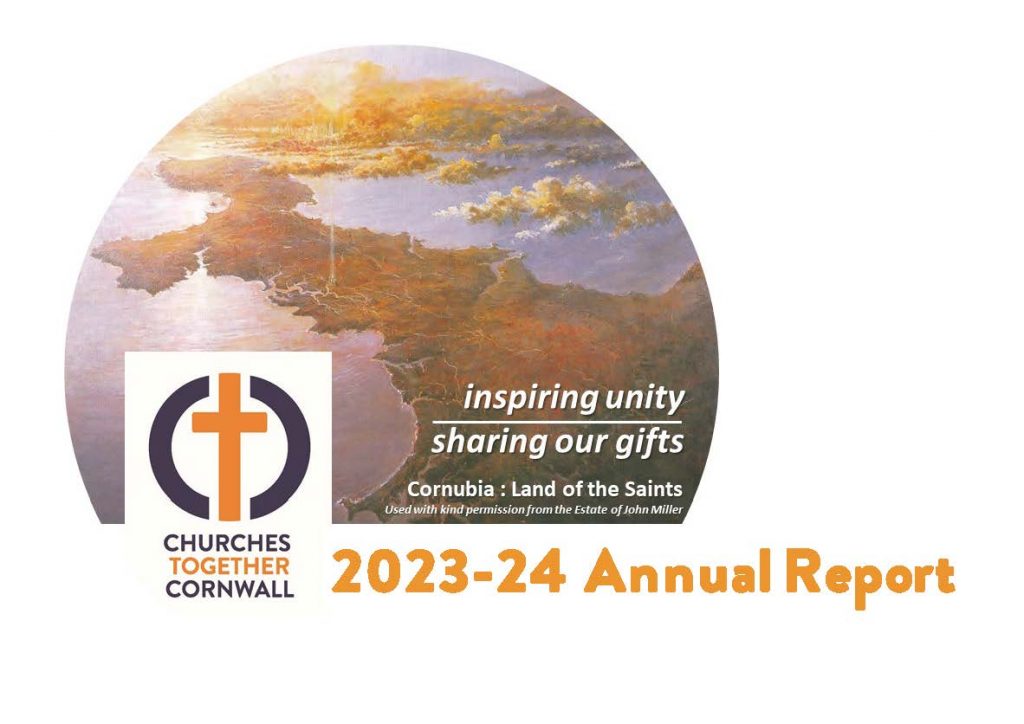New analysis in the Joseph Rowntree Foundation (JRF) flagship UK Poverty report quantifies for the first time how many thousands of pounds are needed by families to escape poverty – and how that has got worse over time. It is now 20 years and 6 prime ministers since there was a sustained fall in poverty.
How much you would need to move out of poverty
The poverty gap, or the amount of money needed to bring the incomes of people in poverty to the poverty line, has grown wider. Six million of the poorest people – those living in very deep poverty – would need on average to more than double their income to move out of poverty.
Analysis of the latest data shows that the average person in poverty has an income 29% below the poverty line, with the gap up from 23% in the mid-1990s. The average income of people in very deep poverty – is 59% below the poverty line.
This is equivalent to a couple with two children under 14:
- in poverty needing an additional £6,200 per year to reach the poverty line. In the mid 90’s, the gap was £3,300 after adjusting for inflation.
- in very deep poverty needing a whopping £12,800 more to reach the poverty line.
Poverty increased in the latest official data, returning close to pre-pandemic levels
- Over one in five people in the UK (22%) were in poverty in 2021/22
- This equates to 14.4 million people in total, with 8.1 million working-age adults, 4.2 million children and 2.1 million pensioners living in poverty
- Nearly two-thirds (64%) of working-age adults in poverty live in working households. This has increased by 3 percentage points, from 61% to 64%, between 2020/21 and 2021/22
- The number and proportion of children and pensioners in poverty rose between 2020/21 and 2021/22, as well as overall poverty
- Around two in every ten adults are in poverty in the UK, with about three in every ten children being in poverty
- Around 6 million people lived in very deep poverty in 2021/22
JRF analysis of broader trends since the 1970s shows that poverty rates grew rapidly under the Thatcher Government, reaching around a quarter in the mid to late 1990s, and have remained stubbornly high since then. Poverty fell during the first half of the New Labour administration but started to rise after 2005. Overall, poverty has barely moved since Conservative-led Governments took power in 2010, with every year’s poverty rate since then being between 20% and 22%.
At the same time, the British public is more conscious of rising poverty levels in society. Since 2017, the majority agree that the government should increase tax and spending on health, education and other social benefits.
As we approach a general election, political parties must urgently address entrenched high levels of poverty by:
- Introducing an ‘Essentials Guarantee’ into Universal Credit, to ensure that everyone has a protected minimum amount of support to afford essentials like food and household bills.
- Beyond this, future governments must focus on expanding the foundations of economic security to everyone in our society. People experiencing poverty, especially deep poverty, will be looking for plans from parties to ensure that they are not left unprotected when times are hard.





